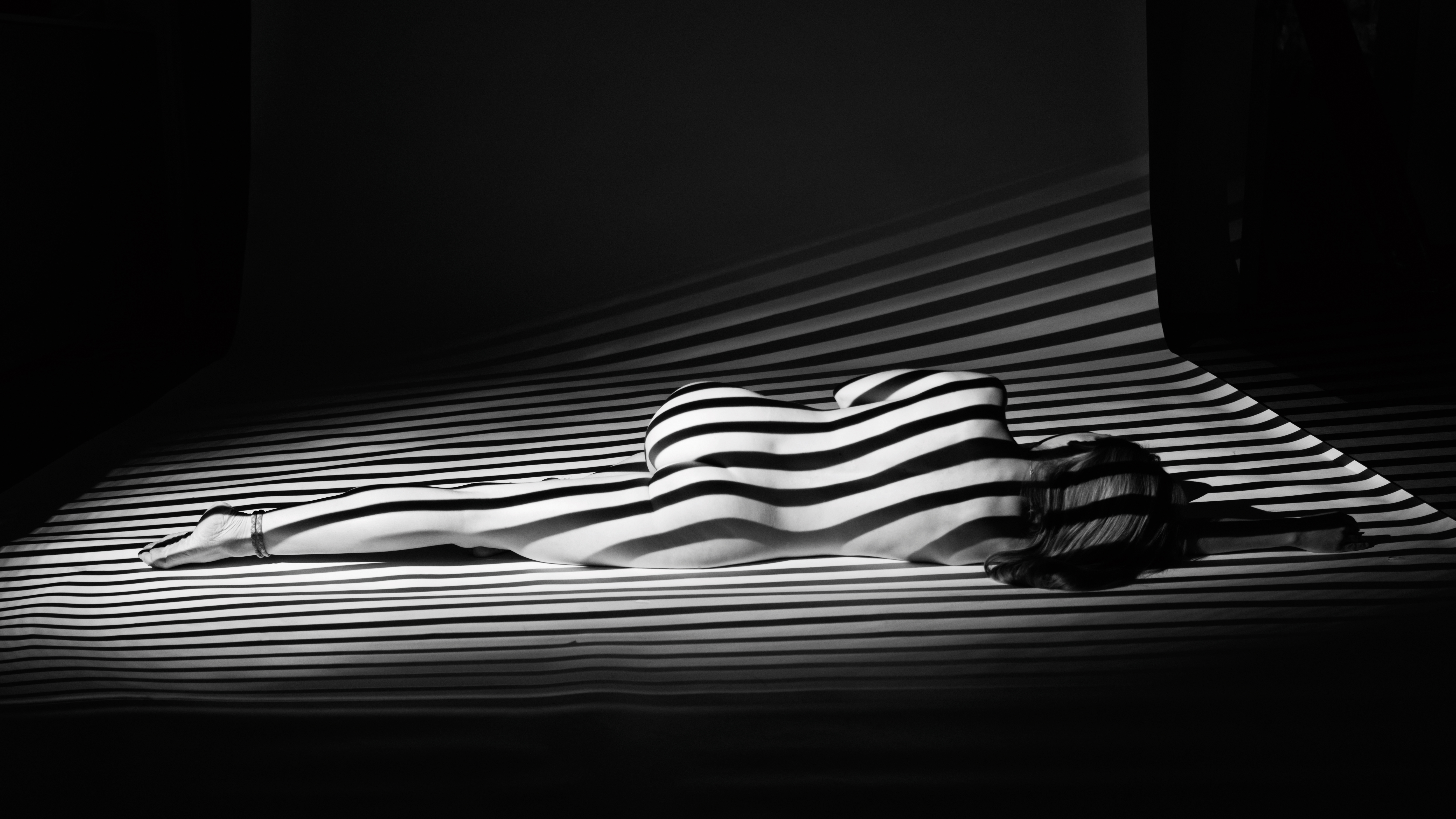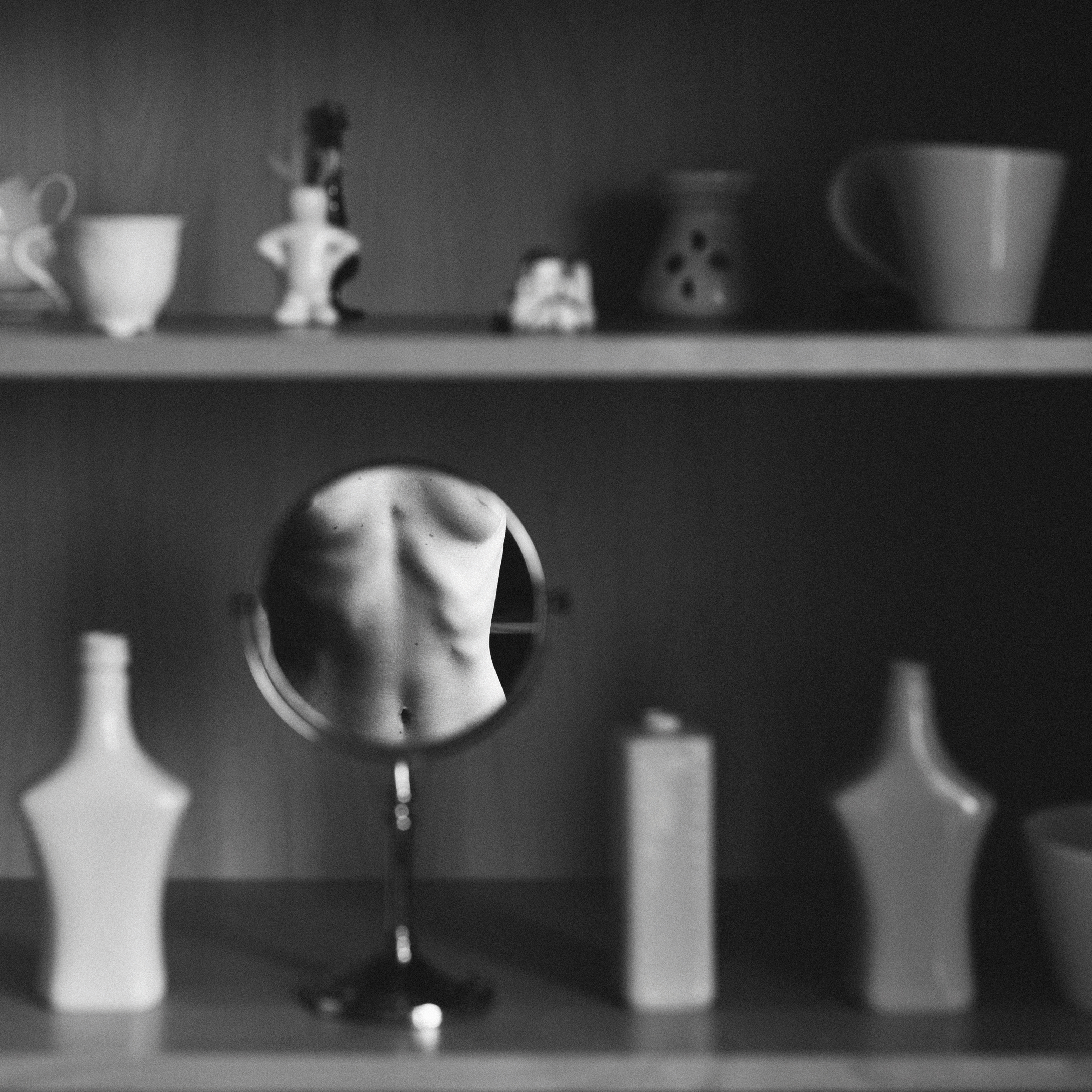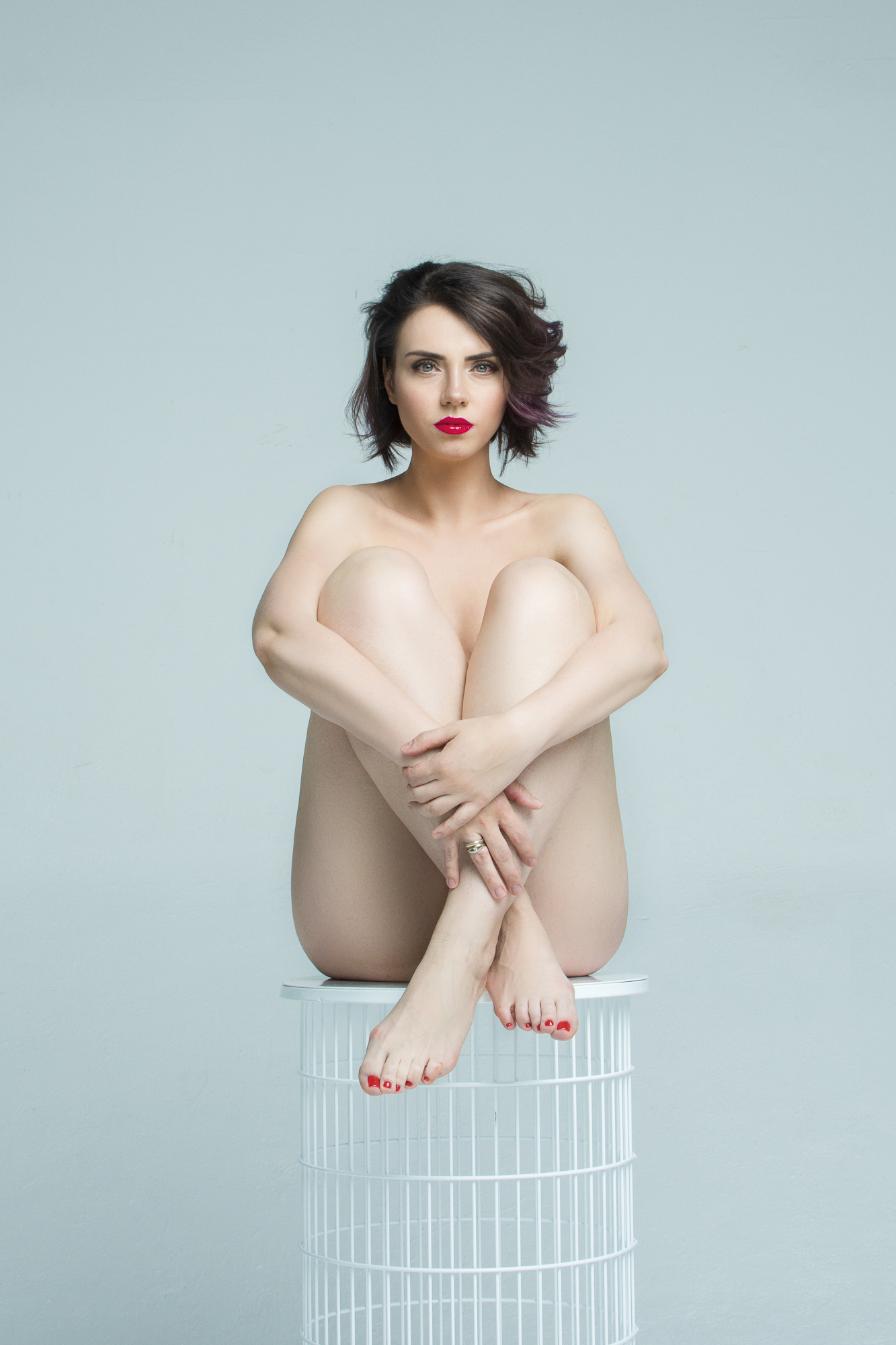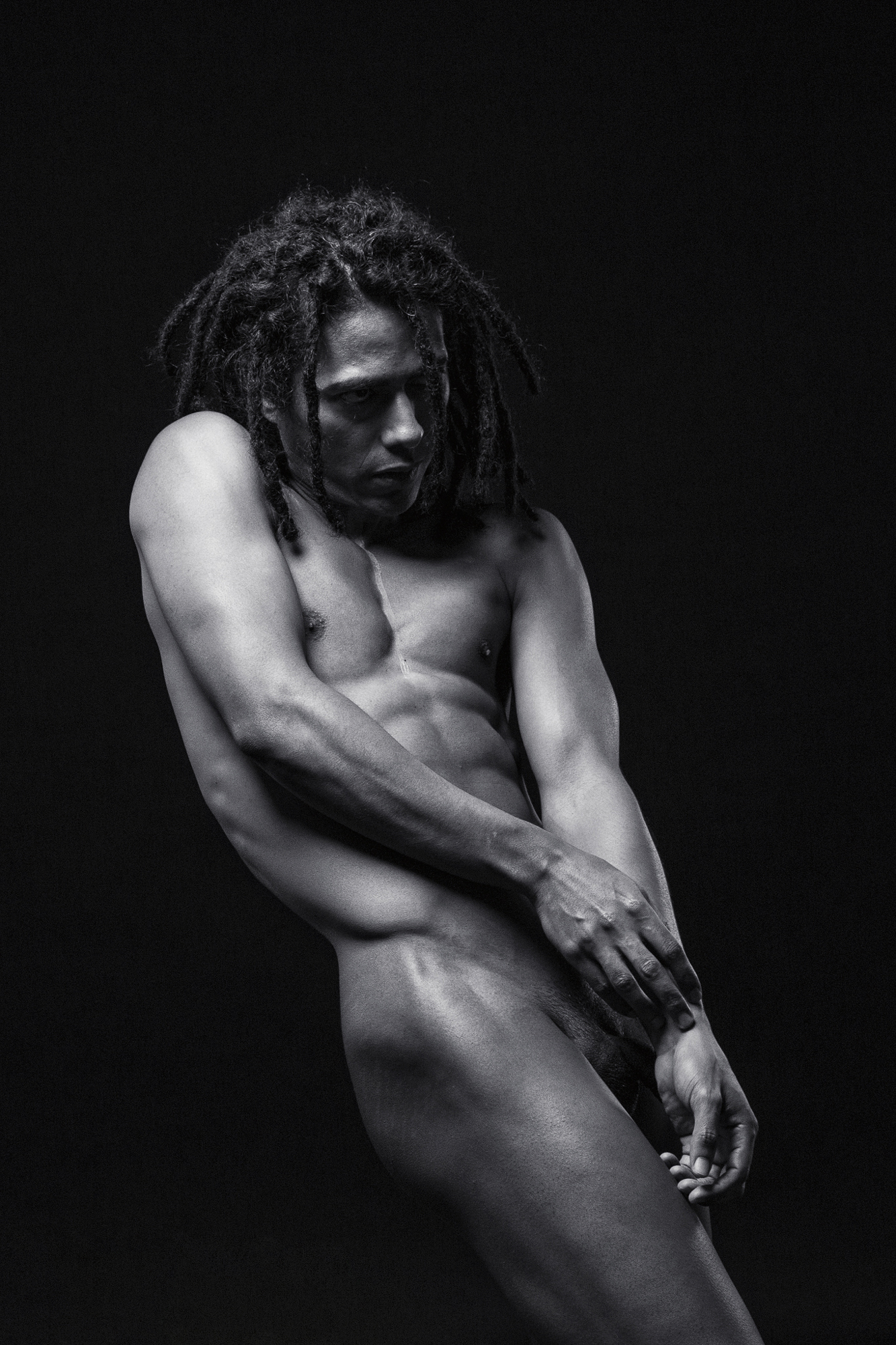Artistic nude photography: how to shoot tasteful images
The human body is such a simple and accessible subject... this is how to shoot tasteful and artistic nude imagery

Nude drawings and paintings are easily identifiable as works of art, however, nude photography is often seen as being seedy, pornographic and taboo. It’s true that there is a fine line between an artistic nude and a seemingly pornographic one, but staying on the artistic side of this line is easier than it looks, and it will enable you to take sensual and alluring imagery.
The best kind of photograph is intimate and engages the viewer, drawing them completely into the scene that you present to them. The removal of clothes is one way to create a powerful and intimate bond between both the subject and the photographer, as well as the subject and the viewer.
• You might want to look at the best lens for portraits
You are quite literally stripping your subject back to their raw and natural form and it is a wonderfully intense and evocative process. The human body is such a simple and accessible subject and there are so many photographic possibilities available. Here, we’ll be getting in touch with the body and its natural beauty.
Discover how to approach your first nude shoot, effectively pose your model, and set up the perfect lighting. We’ll also look at making the ultimate creative and abstract shots as well as best practices for your edits. You'll notice that black-and-white processing is popular. Our aim is to create something sensual, inspiring and artistic while staying clear of the explicit imagery often associated with glamour nude photography, and stripping the color away can help that.

How to pose your model for artistic nudes
No matter what the original purpose of your nude shoot is – even if it is just for personal use – get the model to sign a model release form so that you know exactly where you stand and how the images will and can be used.
Finding the right portrait posing for your model and the type of image that you want to create is one of the most important elements of any portrait shoot, let alone a nude photo shoot. The pose you choose will determine the mood and feelings that the image conveys, and it will also influence which part of the body becomes the main point of focus. With fine-art nude photography, your goal will most likely be to depict the body in a creative, but sensual and artistic way. Being able to identify the types of poses that will flatter your model is key, and you’ll also need to adapt to their body shape as well as their own insecurities.
So, before we discuss key poses we should first think about how to direct your model and ensure they are completely comfortable. The model will be in a vulnerable position and will be putting a great deal of trust in you as the photographer. Have a coffee with your model before you begin (fully clothed of course!), and discuss the direction that you want the shoot to go in. Ask if they have any questions and if there is anything that they are worried about.

Preparing for an artistic nude shoot
It is important that you know what sort of image you are looking to get before you begin your shoot in order to be able to explain your vision to the model. Look online at nude imagery and choose a few key poses that you’d like your model to try. It can be a little daunting on your first nude shoot and conveying your vision to the model isn’t always easy anyway, so having visual examples of the poses you want can be really helpful. Find inspiration (for example in journals and on photography sites) and think about a nice project. Be open and be very clear about the intended results and the procedure.
“Posing is equally important to lighting. It defines whether the image is artistic or erotic, powerful or delicate, conveying emotions from the model and invoking feelings from the viewer,” explains Mike Parker. “In the case of bodyscapes we are often trying to create shapes that mimic the environment, such as mountains, valleys, sand dunes, or rugged terrain. Lighting must complement or purposely contrast the pose to create an exceptional image.”
Directing your model into poses can be difficult at first, and sometimes it is hard to describe the pose you’d like. Mimic the pose you would like them to do. If you feel stupid doing it, just remember that you are asking them to do it too, and it might help break the ice and ease any tensions if you are willing to look a little silly. The visual examples of poses mentioned already will help here too.

Another thing to consider is the temperature of the room – although skin covered in goosebumps might create an interesting image, it is probably a good idea to keep the room warm and your model comfortable. Check that the model is okay at regular intervals.
Generally, when it comes to taking pictures of women, many photographers concentrate on their curves. Female bodies tend to be made up of soft lines and smooth shapes, whereas men are often formed of straighter lines and more angular shapes. This obviously isn’t always the case, but it is a starting point.
Try to concentrate on poses that will accentuate the curves of your female model. Creating an S curve with their back is a popular pose and should probably be the first one on your shot list. It emphasizes the curve of the hips, bust, and waist, while also making the waist look smaller – ask the model to extend their hip and drop their shoulder for the best results. With female models, keep it sensual and delicate. In contrast to female bodies, men tend to be far more structured and angular, so poses that accentuate muscle and deep lines around the body will be the most effective.
Keeping the poses as natural as possible is important as you will be able to tell instantly in the final shot if the model was uncomfortable. There’s no point trying to get your model to do a sexy handstand or balance awkwardly unless they have a core made of steel – keep it simple.
We'll be continuing this as a series with advice for lighting the body, editing, and more. For now, why not discover this project for creative nude lighting with a projector? You might also like to look at lighting kits.
Parts of this article originally came from Digital Photographer magazine, the kitbag essential for advanced and professionals.
Get the Digital Camera World Newsletter
The best camera deals, reviews, product advice, and unmissable photography news, direct to your inbox!
Digital Photographer is the ultimate monthly photography magazine for enthusiasts and pros in today’s digital marketplace.
Every issue readers are treated to interviews with leading expert photographers, cutting-edge imagery, practical shooting advice and the very latest high-end digital news and equipment reviews. The team includes seasoned journalists and passionate photographers such as the Editor Peter Fenech, who are well positioned to bring you authoritative reviews and tutorials on cameras, lenses, lighting, gimbals and more.
Whether you’re a part-time amateur or a full-time pro, Digital Photographer aims to challenge, motivate and inspire you to take your best shot and get the most out of your kit, whether you’re a hobbyist or a seasoned shooter.

